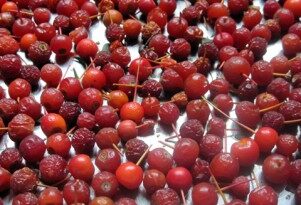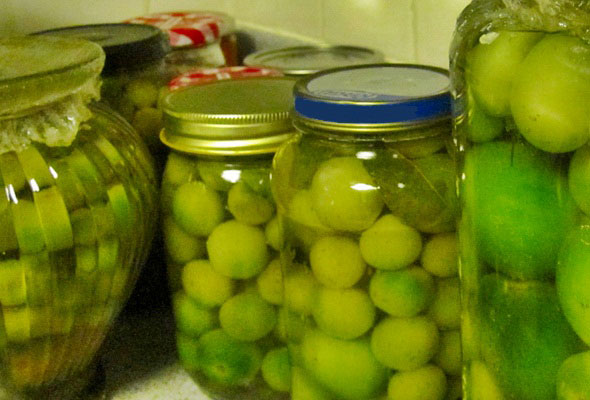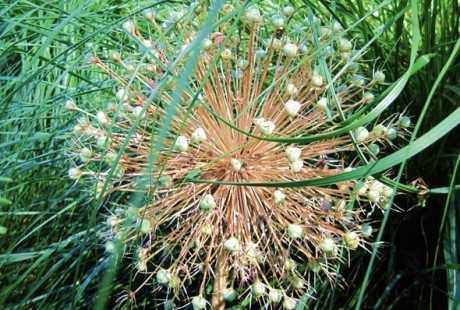dormant garden
If you were wondering what happens to your perennials during their winter hibernation, here goes.
At the approach of winter they transform the sugars developed through photosynthesis into starch, which they can store inside their roots long term and use during the winter in the same way hibernating animals use stored fat.
After the first frost, the plants shed their aerial parts, which consume a lot of energy and through which they lose most of their water. In the process of shedding their foliage the plants create a blanket of organic matter around their roots to keep the soil from freezing by both insulating it and warming it up through the process of decomposition.
Underneath the soil, the roots release the water in their cells, to keep the plants’ cell tissue from being damaged; the water is released as a solution of salt and sugars which acts very much like antifreeze in the soil around the roots.
The plants slow down all their metabolic processes during the winter, to preserve the energy stored into the roots during the vegetative season.
The bold evergreens that choose to brave the winter with their foliage intact slow down their metabolism significantly during the cold season too, and cover their leaves and needles with a thick coat of wax or resin to prevent cell damage and water loss as much as possible.
After learning that the plants need their fallen leaves for winter protection I kind of feel guilty about diligently raking the flower beds, but in previous years leaving a blanket of leaves had encouraged a weed bonanza to the detriment of the perennials.




 Previous Post
Previous Post Next Post
Next Post




